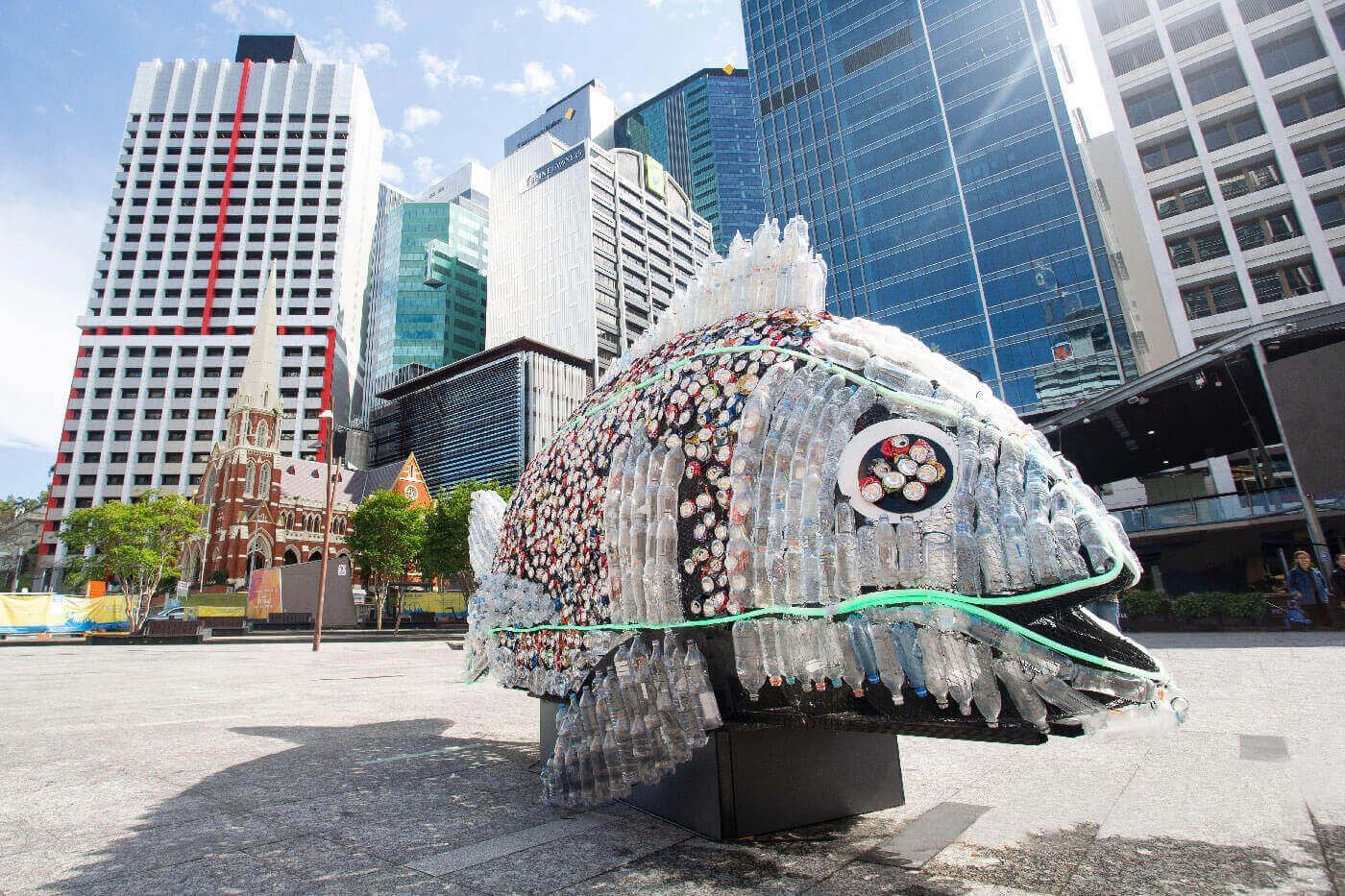The Shift Back To The Office A “tough Pill To Swallow” For Some Employees.
This year workplaces experienced a mass exodus away from office-based work, as many organisations transitioned teams to work from home.
Never before had the Australian workforce faced this kind of challenge. And as is seemingly the norm in the wake of a pandemic, new challenges are frequently being realised.
Right now, the majority of organisations (except for those in Victoria at the time of publication) are grappling with bringing their teams back to the workplace. Whether this is by having all staff back full-time or asking their people to return to the office for a percentage of the working week, or experimenting with rotating rosters, employers across the country are working their way back to some kind of normalcy. Regardless of each organisation's approach, the unifying theme is bringing people back to the office.
And with this, a new set of challenges has begun to emerge.
Whilst working from home, many staff adapted rather well. Consequently, the shift back to the workplace has been a “tough pill to swallow”, with pockets of staff not wanting to return to the office at all. The time we spent away from the office has highlighted a lifestyle change that works well for many.
The critical point is that employers are now having to navigate some hard and fast objections to returning to work.
There are few case studies on how to navigate this changing environment. While organisations have become more adaptable, innovative and flexible, the big questions they are asking include:
- How do we return our people to the office, in a way that is safe, sustainable and beneficial to both the organisation and our employees?
- Do we need our people back in the office five days a week, is a hybrid environment achievable?
- What benefits can we realise if we retain parts of our work from home practices?
- Did we realise efficiencies or gains during the work-from-home period?
- What did we learn, and how can we leverage it?
- Does the future of how we work have to reflect how we worked in the past?
Returning staff to the office-based work is both art and science.
What has been brought to light is the need for artful reboarding strategies that address the needs of both employers and ease change back into the lives of employees. Previously, reboarding plans have not been a significant concern. But in light of the current climate, and what may lay ahead, employers need to craft their reboarding strategy with care.
When deploying their strategies employers should consider the unique requirements of their operation, whilst remaining considerate of workplace health and safety legislation, FairWork Australia legislation and also ensuring they are compliant with the COVID-Safe directives of their state.
Accept that there is no one size fits all approach.
Many organisations are grappling with the workload associated with assessing the situations of their staff on a case-by-case basis. For some staff, their individual needs and requirements differ depending on financial, situational and health-related circumstances. While employers have worked hard to ensure their offices are COVID-Safe, there are times when outside factors will play havoc with even the very best return-to-office planning.
Example 1: Some employers are reporting an increase in the number of requests not to return to the office, coming from staff who live with parents or partners in vulnerable age categories. HR teams are rumbling with how to respond in a manner that meets both the employer and employee needs.
Example 2: Approximately 5% of the Australian population suffer from autoimmune disease. Staff with autoimmune diseases may encounter increased exposure risk-taking public transport to get to and from work, or the risk reduction brought about by social distancing in the office may still be too high for their circumstances. With this in mind, employers are moving quickly to consider how they plan to address the unique circumstances of different staff members. A one size fits all solution does not exist.
Understand that reboarding, done poorly will harm retention and your brand.
A pain point shared by many employers is the pockets of employees that have come to enjoy the freedoms of working from home and are resisting returning to the office.
While many employers are approaching this situation in as contemporary a manner as possible, working from home may not always be the most effective or beneficial option for organisations. Some teams work better in face-to-face environments, and some situations demand in-person meetings to allow for greater collaboration and relationship-building.
Additionally, to encourage the move back to the workplace, organisations should ensure that the “why” behind the reboarding strategy is communicated. Many return to work and find the reboarding plans have gaping holes when it comes to explaining why returning to the office is essential. All reboarding strategies must consider this and work to provide sound evidence and rationale.
Ultimately, this will take the sting out and help the employees to see it from the overall perspective, not just their point of view.
By providing a strong rationale in support of returning to the office, you are also communicating that you are responsible and use evidence-based decision-making. This is good for your brand, and you can avoid the creation of narratives in the absence of explanation, by providing the “why” you are instead explaining key rationale that dictates the overarching narrative and employee beliefs regarding the organisation.
Putting challenges aside for a moment, here are three low costs considerations to help your teams make a successful transition back to the workplace:
1. Use the opportunity of reboarding as a way to energise your team.
As well as ensuring the working environment is comfortable and ready for the return of their employees, several smart organisations are also looking toward how they can leverage this moment as an opportunity to re-energise staff. A recent example of this in action was highlighted by one of our clients who has planned a socially-distanced town hall meeting, where the CEO will surprise employees with recognition and awards for outstanding contributions and behaviours during COVID-19. These awards highlighted notable achievements, including those who looked out for their team, maintained a great attitude under adversity and showcased grace under pressure. It is essential to use this period of a transition as an opportunity to bring the team together.
2. Leverage your tech to build easily accessible reboarding modules.
We know that creating a robust reboarding strategy is crucial. As part of this strategy, some organisations are leveraging their existing tech to make digital reboarding-modules for their returning employees. These modules outline the changes that have happened in the workplace, any new staff and the actions the organisation is taking to ensure employee safety and security.
The use of video has become popular in outlining the changes that have happened in the workplace, sharing this with new and existing staff to ensure employee safety and security.
It doesn't have to be high production - it can be a simple video shot on an iPhone. The point is that it's quickly deployable and scalable.
Furthermore, by using video content, you are ensuring that there is a human element to the communication, which makes the content authentic and meaningful. Too often the warmth of a message or the importance of it is lost because the language doesn't translate well to text.
One of our favourite examples using reboarding modules was a case employed by an HR Director, who broadcasted to Facebook Live from Messenger Rooms in the lead up to the return to the office. By doing so, this leader was able to keep the team informed and prepared for their return; educating the team on what to expect and any new protocols. The ‘live’ videos could later be clipped and used for future use, and subsequently sent to new employees. This was a great use of existing technology that their workforce demographic was already using, ensuring an easy return back to the office. Does your organisation have any existing technology that you could leverage in your return to office planning?
3. Make it your own
There is no doubt; every organisation will likely have a different approach and experience during this time. The critical task for organisations is to decipher the needs of your organisation and review case studies to assist in moulding a strategy that is suited to your team and unique situation. It is vital to remember that only you will know what is best for your team, so stay true to this and take courage in creating a plan that may look different to the approach of other organisations. There is no off-the-shelf solution, and this strategy will require customisation. Coupled with transparent and honest communications about reboarding and expectations, this is sure to make the transition back to the workplace easier not only for you as an employer, but for your staff.
At Kingston Human Capital, it is our mission to partner with you to position your organisation for success. We help you find the right talent to grow your organisation. Discover how our personalised touch can make a difference in your recruiting strategies, and meet our team of experts.








